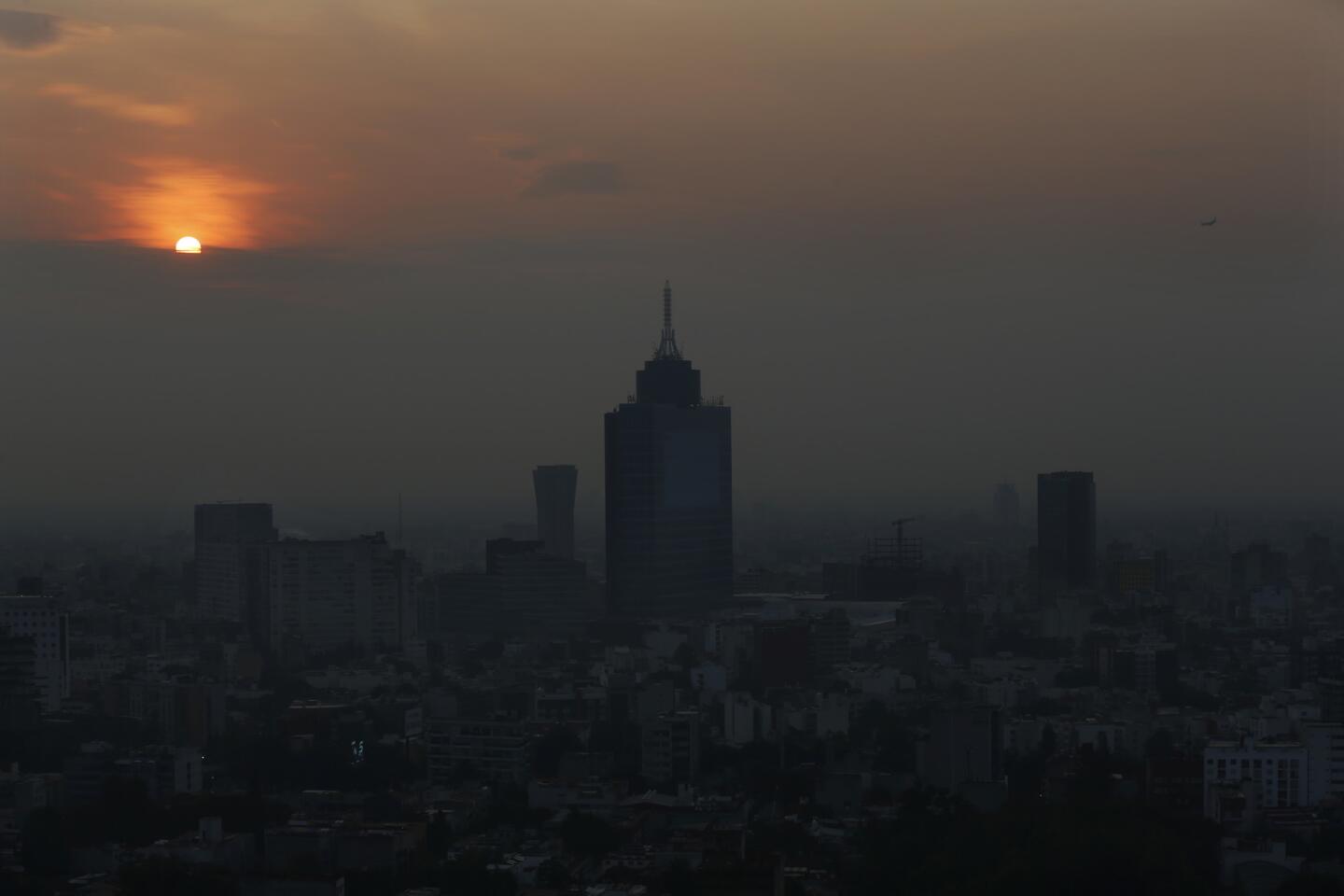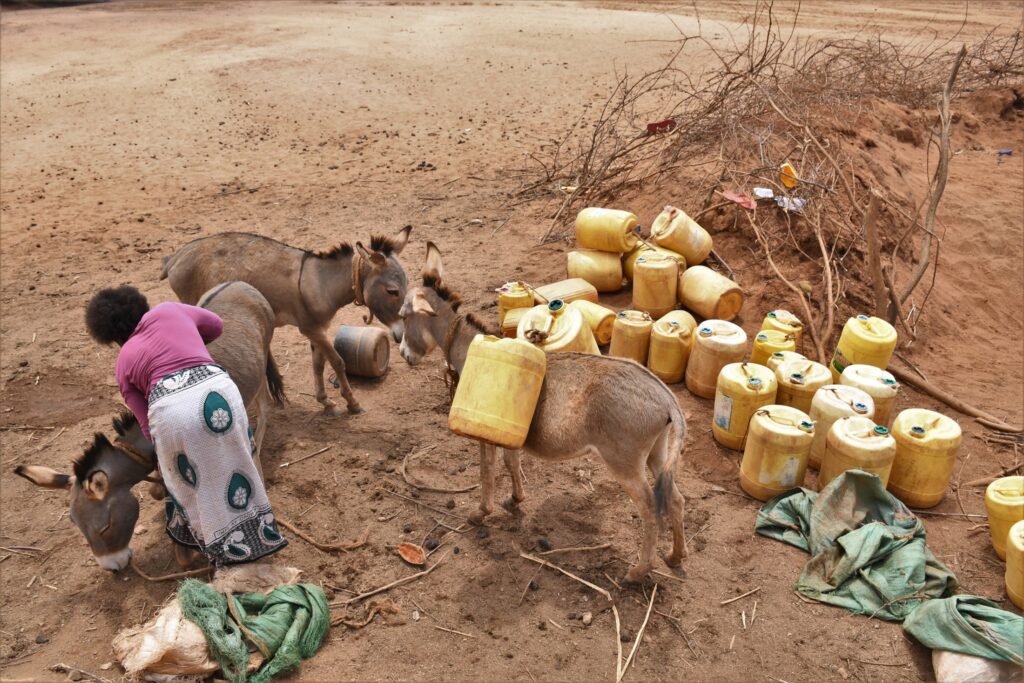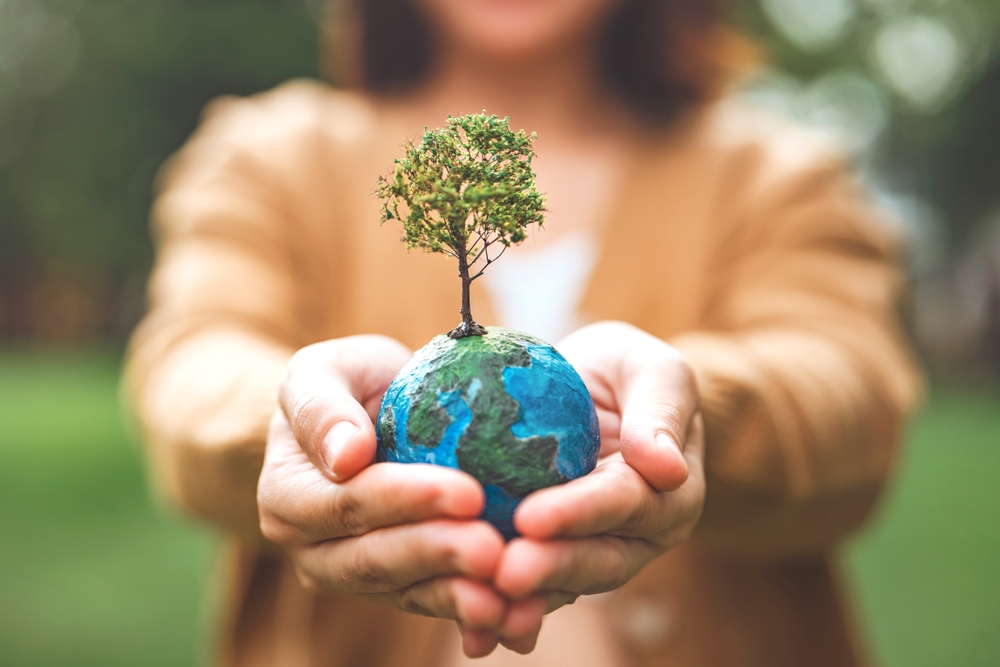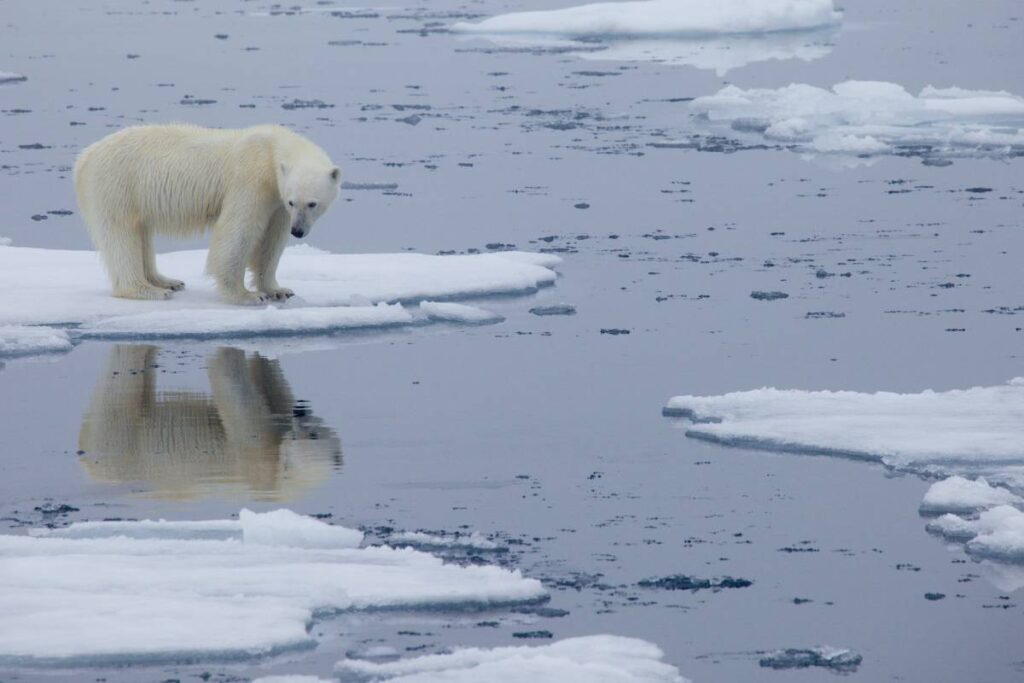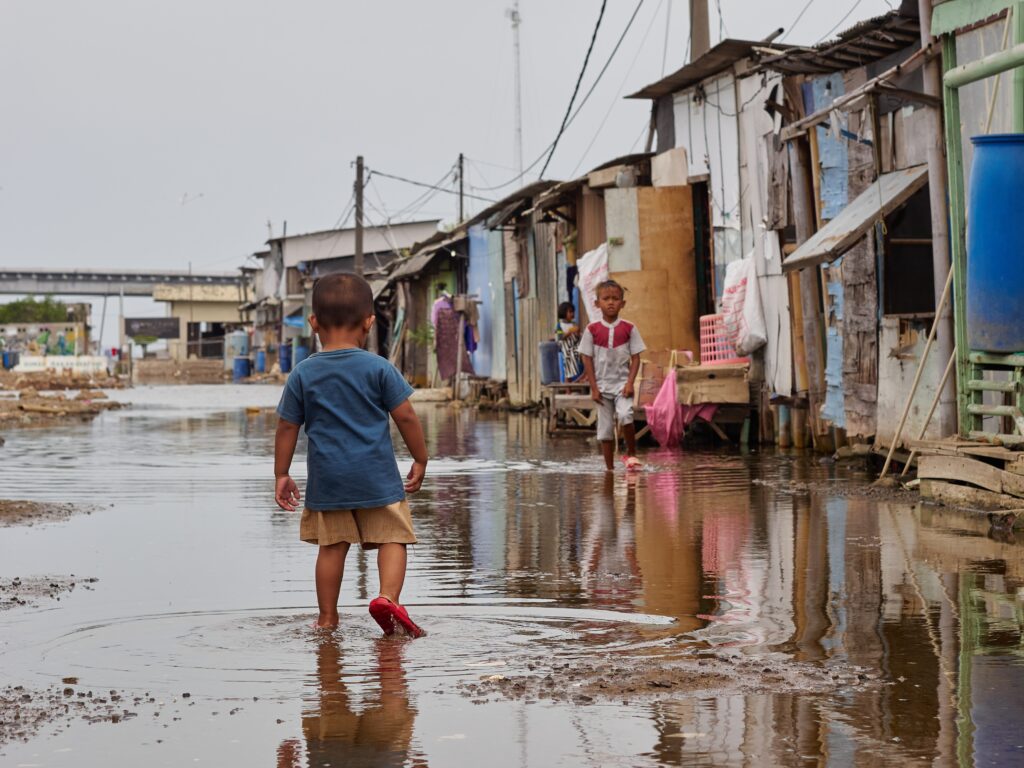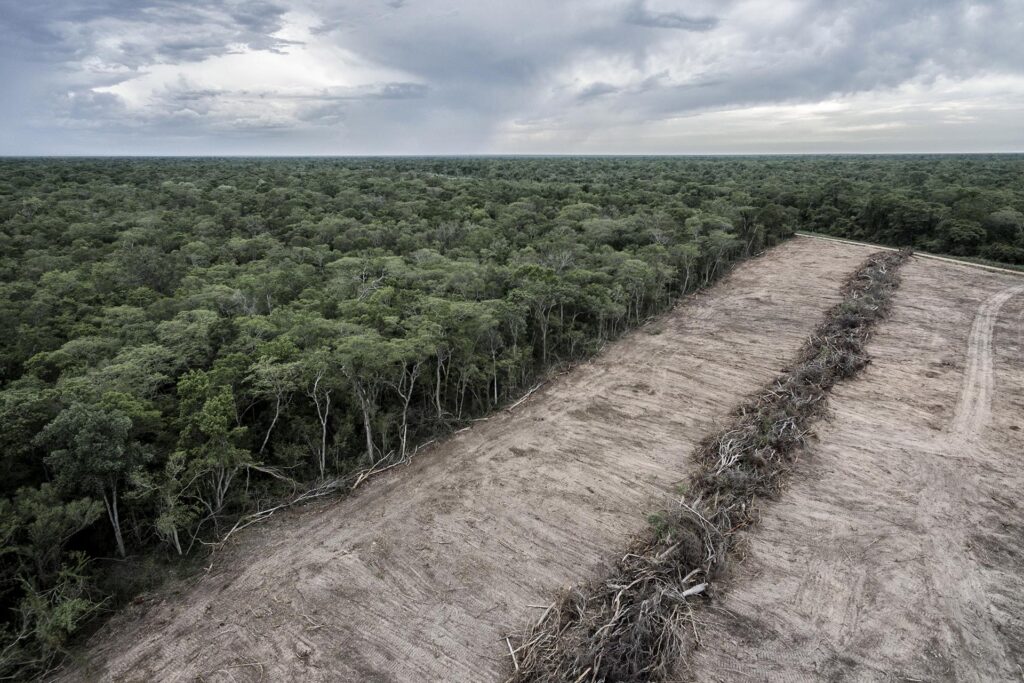Air pollution in Mexico is at unhealthy levels due to both human activities and climate change. This poses significant risks to public health and the environment – similar to issues other countries deal with.
Mexico City – Most Polluted City
However, even at current rates, its air quality has improved from the historical levels of the 1980s and 1990s. During this time of industrial growth, the United Nations dubbed Mexico City the “most polluted city in the world”. Accounts from the period talk about seeing birds falling out of the sky dead due to the poor air quality.
In response, the Mexican government enacted a series of emissions and air quality control regulations. In 2021, Mexico City ranked as the world’s 917th most polluted city – a significant improvement. However, Mexico City air pollution remains above global averages and must be addressed further.
How Bad Is Air Pollution in Mexico?
Air pollution in Mexico varies significantly across regions. Mexico City, for instance, has been notorious for its poor air quality and outdoor air pollution for decades.
Mexico City’s annual mean levels of PM2.5 are consistently above the World Health Organization (WHO) recommended limit of 10 micrograms per square metre. The average PM2.5 level in Mexico City is 23 micrograms per square metre, over 2.3 times higher than WHO guidelines. Other large cities in Mexico fall in a similar range, with Puebla, Toluca and Monterrey ranging from 20-36 micrograms per square metre. This is significantly above the North American Average of 6.5 micrograms per square metre.
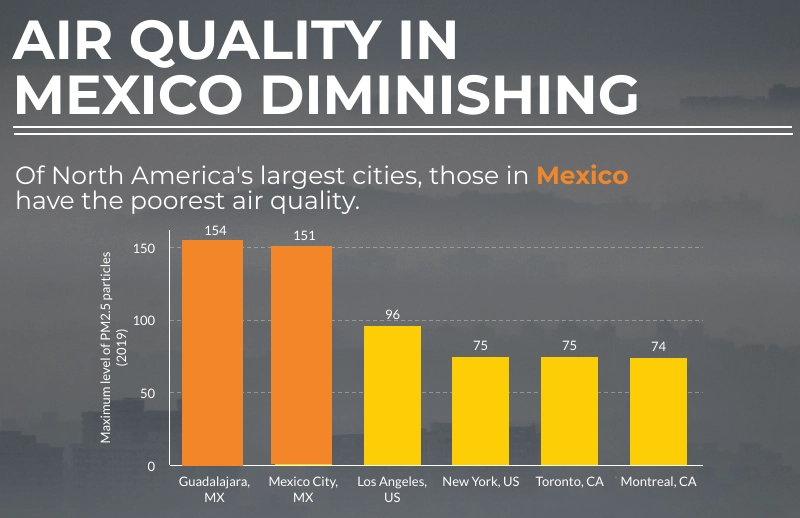
On a larger scale, the country’s average PM2.5 concentrations have ranged from 18.9-20.3 micrograms per square metre since 2018. This places Mexico as having the 46th highest PM 2.5 concentration in the world.
Causes of Air Pollution in Mexico
Air pollution in Mexico is primarily the result of human activities.
Industrial Activities
Mexico is the world’s 12th largest exporter, and the industrial sector accounts for up to 35% of the country’s GDP. Factories and power plants emit large quantities of air pollutants, including sulphur dioxide (SO2), nitrogen oxides (NOx) and particulate matter (PM). In Mexico City, 13% of all PM2.5 contaminants come from the industrial sector.
Biomass in Cooking
Cooking with biomass fuels, such as wood and charcoal, significantly contributes to indoor air pollution in Mexico. Nearly one in eight Mexicans use biomass for cooking, with most of these people located in rural areas. Air pollution in these households is typically 6 to 15 times higher than WHO guidelines.
Vehicle Emissions
Mexico has a rate of 358 vehicles per 1,000 people, with around 55 million vehicles in the country as of 2022. While this is not exceptionally high compared to other countries, it is still a leading cause of Mexico’s air pollution.
Furthermore, its total fleet size has steadily grown over the past four decades, with projections showing this trend will continue. The vast majority of these cars run on fossil fuels, which lead to significant emissions of PM, NOx and volatile organic compounds (VOCs).
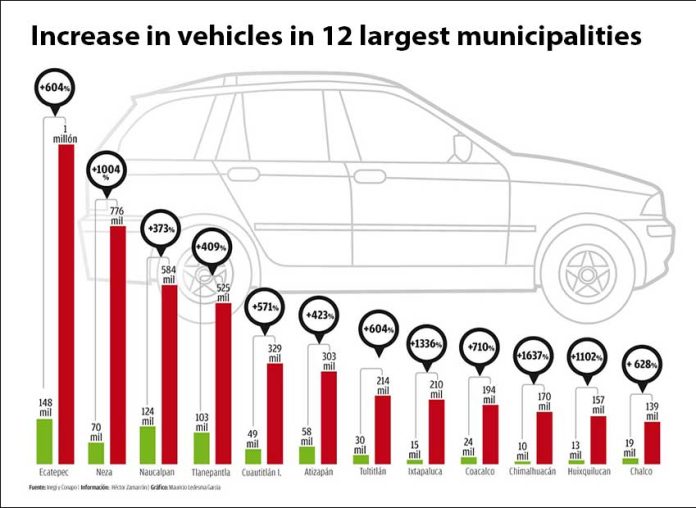
Agricultural Practices
Crop burning is an annual practice in Mexico’s agricultural regions. It helps remove agricultural waste, weeds and pests before replanting for the following season. However, it also directly adds large quantities of PM2.5 and other contaminants into the air. It takes an extended time to dissipate and can get trapped in valleys, such as in Mexico City.
Effect of Bad Air Quality in Mexico
The impact of air pollution in Mexico is far-reaching, impacting health, the environment and the economy.
Health Impacts
Air pollution is linked to various health issues, including asthma, bronchitis and cancer. It is the eighth highest cause of death in Mexico, accounting for approximately 33,000 premature deaths annually. Reducing PM2.5 concentrations to 15 micrograms per square metre – still above WHO guidelines – would save around 10,000 lives every year.
Children, the elderly and poorer groups are particularly vulnerable to the adverse effects of air pollution. Studies show that poor people work 20% more than wealthier workers on days with dangerously high pollution because they can’t afford to take time off.
Economic Impacts
In a similar vein, the health impacts of air pollution result in substantial healthcare costs. Treating diseases related to air pollution is a significant financial burden on Mexico’s healthcare system.
Additionally, these health issues result in a lower economic output for the country. Workers can’t go to work and have lower productivity. For example, in Mexico City, workers lose an average of 7.5% of their working hours on days with high PM2.5 concentrations. In 2020, this led to economic losses topping USD 8 billion.
Environmental Impacts
Air pollution can harm plants and animals, disrupt ecosystems and reduce biodiversity. Pollutants like ozone can damage crops, leading to lower agricultural yields. For example, ozone pollution has been linked to the widespread death of trees surrounding Mexico City.
Government Response to Air Pollution in Mexico
While air pollution is still a significant concern for Mexico, the country has implemented several policies that have reduced pollution over the last several decades. These range from emissions standards for vehicles and industries to air quality monitoring programs.
Moving forward, the country needs to focus on implementing more stringent emissions standards and turning to non-fossil fuel alternatives to fight air pollution. Electric vehicles, promotion of public transport, renewable energy and clean stoves can all significantly reduce pollution. Strengthening regulatory frameworks and increasing public awareness are also crucial steps. Initiatives like Mexico City’s investment in electric buses show promise for reducing air pollution.
Confronting Mexico’s Air Pollution
Air pollution in Mexico remains a critical issue with far-reaching health, environmental and economic consequences. While significant progress has been made since the 1980s and 1990s, particularly in Mexico City, the country still faces high pollution levels, especially in urban areas like Mexico City metropolitan area.
To address air pollution, continued and enhanced efforts from policy-makers, businesses, and communities are essential. Future actions should focus on stricter regulation enforcement, promotion of green technologies and public awareness campaigns. By taking decisive action, Mexico can improve air quality and protect the health and well-being of its citizens.
Eric Koons
Writer, United States
Eric is a passionate environmental advocate that believes renewable energy is a key piece in meeting the world’s growing energy demands. He received an environmental science degree from the University of California and has worked to promote environmentally and socially sustainable practices since. Eric has worked with leading environmental organisations, such as World Resources Institute and Hitachi ABB Power Grids.
Eric is a passionate environmental advocate that believes renewable energy is a key piece in meeting the world’s growing energy demands. He received an environmental science degree from the University of California and has worked to promote environmentally and socially sustainable practices since. Eric has worked with leading environmental organisations, such as World Resources Institute and Hitachi ABB Power Grids.

